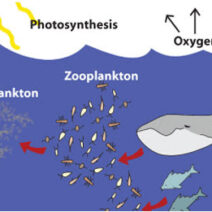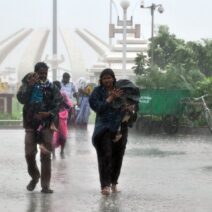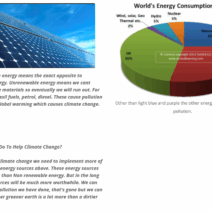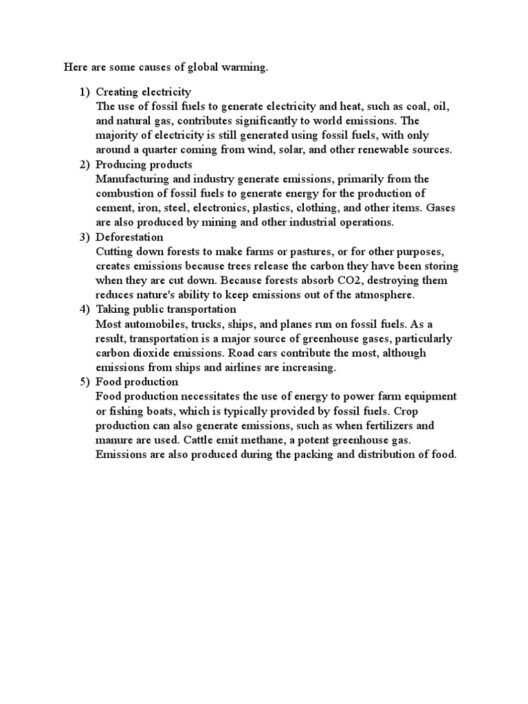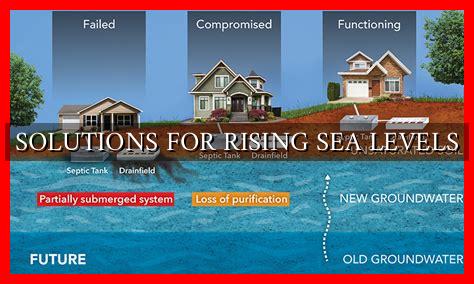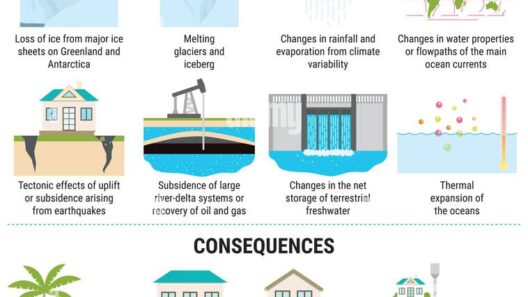As sea levels continue to rise due to climate change, the ramifications on human migration patterns become increasingly dire. The phenomenon is not merely a future concern but a present reality, threatening the livelihoods of millions. The transformative impacts of higher oceans on coastal communities and their inhabitants provoke urgent discourse and necessitate a comprehensive examination of displacement dynamics.
One of the primary impacts of rising sea levels is the inundation of habitable land, particularly in low-lying coastal areas. These places are often economically vital yet highly vulnerable to climatic shifts. As waters encroach on these lands, individuals and families may find their houses, jobs, and infrastructure submerged, catalyzing the first wave of migration.
Understanding the socio-economic factors intertwined with this migration illustrates a multifaceted issue. People living in coastal regions have ties to their environment that extend beyond mere geography; their livelihoods depend on fishing, agriculture, and tourism, all of which are jeopardized by climate change. Displacement caused by rising sea levels does not merely redirect physical populations; it disrupts age-old economic systems, demolishing local economies and forcing individuals into precarious living conditions.
Another pivotal aspect to consider is the phenomenon of “climate refugees.” As ecosystems erode, the social fabric of communities deteriorates, forcing individuals to abandon their homes in search of stability. The term refers not only to those who lose their homes but also to those who must relocate to survive economically. This migration often leads to overcrowding in urban centers, where resources are already strained, further exacerbating tensions and inequalities.
The resulting environmental and social stresses produce a series of cascading effects. Urban migration due to rising sea levels can lead to inadequate housing, increased unemployment rates, and heightened competition for scarce resources. As city infrastructures buckle under the pressure, public services may falter, creating environments ripe for civil unrest and conflict. Furthermore, the temperament of locales varies, resulting in disparate acceptance levels for resettling populations. In many nations, incoming migrants face discrimination and xenophobia, complicating their integration and exacerbating socio-economic divides.
International responses to climate-induced migration remain inconsistent and fragmented. Nations grapple with legal frameworks that do not adequately address the complexities of climate-related displacement. Current asylum policies, largely focused on persecution rather than environmental degradation, fail to capture the urgency of climate refugees. As sea levels rise, countries must adopt proactive and inclusive policies that recognize the realities faced by these individuals and communities.
In terms of adaptation and mitigation strategies, enhanced community resilience plays a quintessential role. Rather than approach the problem reactively, proactive measures can ensure communities are equipped to deal with the inevitable impacts of rising waters. This proactive approach includes investing in sustainable infrastructure, promoting climate-resilient agriculture, and protecting natural barriers like wetlands and mangroves.
Concurrent with these efforts is the need for robust international cooperation. Climate change knows no borders; hence, collective action is paramount. Nations should collaborate on developing comprehensive migration strategies that allow for safe movement and integration of displaced populations. Funding initiatives should prioritize education, livelihood training, and skill development for those affected, ensuring their seamless integration into new communities and fostering resilience in the face of disruption.
The burden of rising sea levels disproportionately impacts the world’s most vulnerable populations — often those least responsible for greenhouse gas emissions. This ethical dimension demands relentless advocacy from environmental groups, humanitarian organizations, and concerned citizens. Education and awareness campaigns can galvanize public support for necessary policies and address misconceptions surrounding climate-induced migration.
The psychological impacts of displacement also merit attention. The trauma of losing one’s home and community does not dissipate with relocation; rather, it festers and can have intergenerational repercussions. Mental health services need to be part of the framework that supports displaced populations, assisting them as they navigate their new realities while coping with the losses experienced.
Looking forward, it is essential to draw attention to the role of technology and innovation in combating the challenges posed by rising sea levels. Solutions such as early warning systems for flooding, improved building technologies, and renewable energy sources can mitigate some impacts of climate change. Encouraging technological initiatives can transform the conversation surrounding migration from a narrative of loss to one of opportunity and resilience.
In summation, rising sea levels herald a complex tapestry of challenges and opportunities regarding human migration. As communities face the irreversible impacts of climate change, it becomes imperative to foster an integrative approach that prioritizes not just mitigation efforts but also safeguards the dignity and rights of those displaced. The time to act is now; our shared future hinges on our commitment to addressing the profound realities of rising oceans and their cascading effects on human lives.
